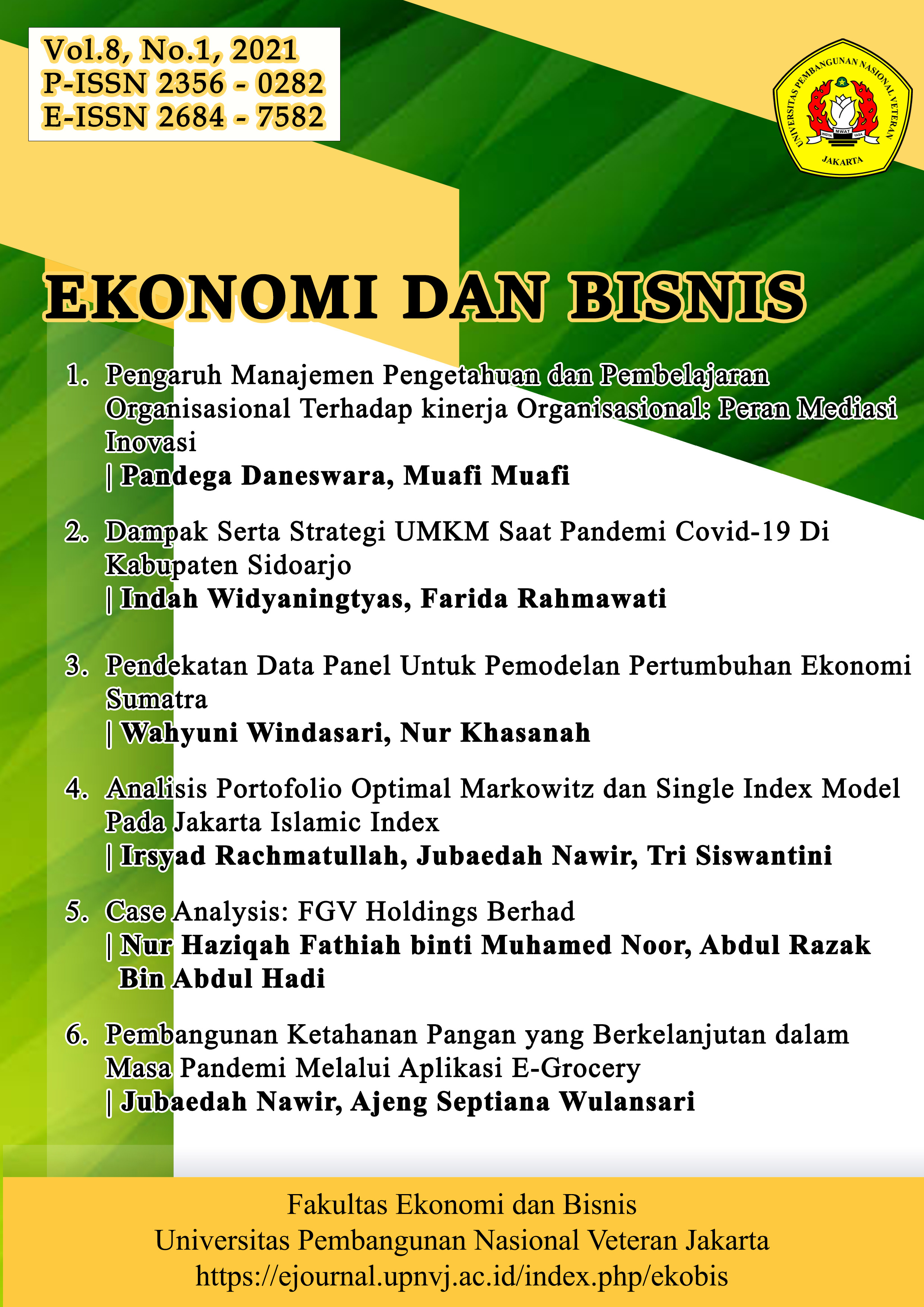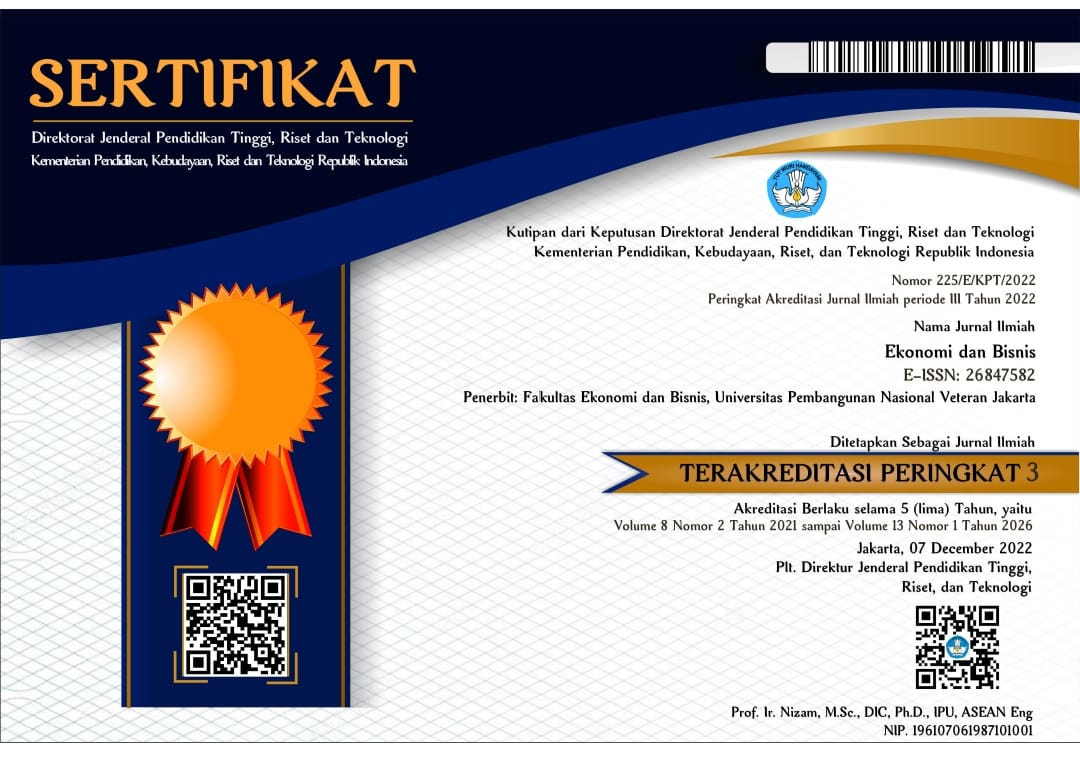Case Analysis: FGV Holdings Berhad
DOI:
https://doi.org/10.35590/jeb.v8i1.2770Keywords:
Bursa Malaysia, Performance of FGV Holdings Berha, Capital Structure Theorie, Federal Land Development Authority (FELDA)Abstract
This empirical study is pursued with the objective to examine the evolution of FELDA since its establishment in 1956 until the listing of its investment holding company, FGV Holdings Berhad, at Bursa Malaysia in 2012. Due to the poor financial performance of FGV, Felda has no choice but to take it out from Bursa Malaysia. From the literature review, the FGV company is one of the biggest producers of crude palm oil (CPO) in the world, contributing about 15% of Malaysia’s total annual production of CPO over the past ten years. FGV company operates in 9 countries throughout Asia, the Middle East, North America and Europe. Backed by a powerful workforce of more than 45,000 employees, FGV is indeed a multinational company. The main business focus of FGV has been on three key industry sectors - plantation, sugar, and logistics. FGV Holdings Berhad holds one important vision which is “To be among the world’s leading, integrated and sustainable agribusiness that delivers value to customers and stakeholders especially the smallholders”. However, the poor performance of FGV over the past five years has raised some concerns among its shareholders and stakeholders. FGV is supposed to focus on creating value through human capital development, the embodiment of governance and compliance, building an integrated value chain advantage, and lastly cultivating diversification in commodities and geography. Overall, Felda understands the importance of FGV in nation building and this major shareholder is very concerned about value of partnership, integrity, dynamism, and sustainability because these are the critical factors for entrepreneurial success in the long run.
Downloads
Published
How to Cite
Issue
Section
License
Authors who publish with this journal agree to the following terms:
Authors retain copyright and grant the journal right of first publication with the work simultaneously licensed under a Creative Commons Attribution 4.0 International License that allows others to share the work with an acknowledgment of the work's authorship and initial publication in this journal.
Authors can enter into separate, additional contractual arrangements for the non-exclusive distribution of the journal's published version of the work (e.g., post it to an institutional repository or publish it in a book), with an acknowledgment of its initial publication in this journal.
Authors are permitted and encouraged to post their work online (e.g., in institutional repositories or on their website) before and during the submission process, as it can lead to productive exchanges, as well as earlier and greater citation of published work.
This work is licensed under a Creative Commons Attribution 4.0 International License.












